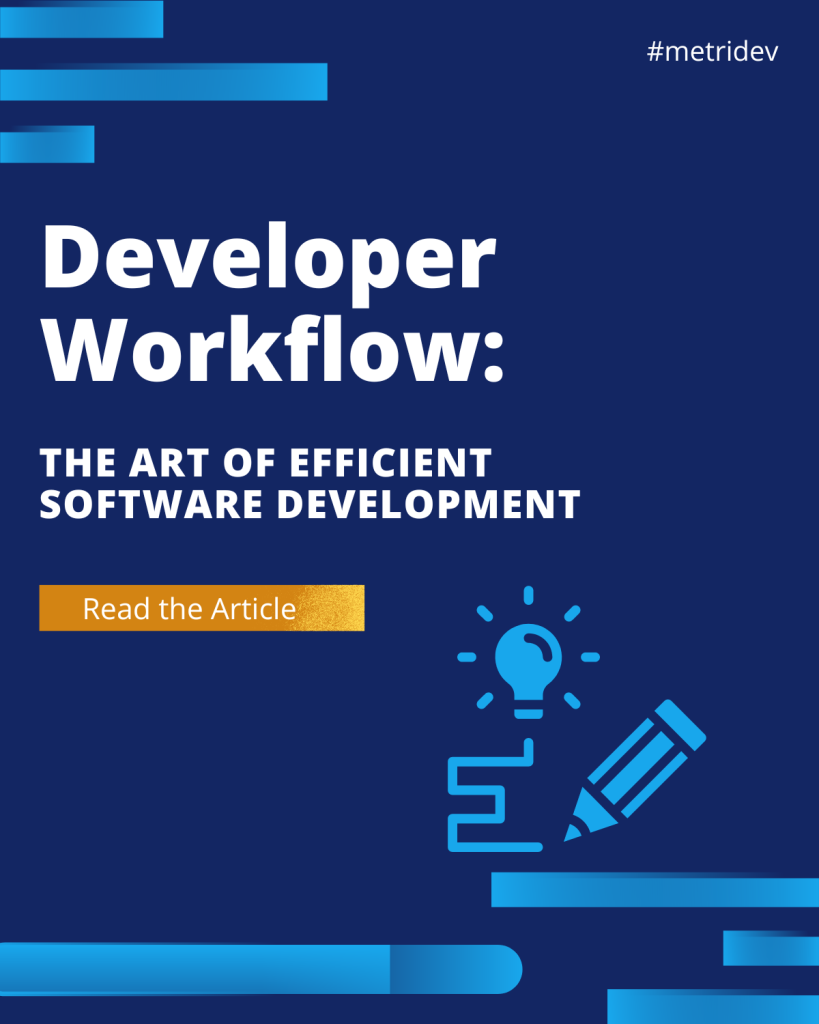Introduction
In today’s fast-paced business landscape, where technology plays a crucial role in driving success, the ability to minimize downtime and maximize efficiency is paramount. One key metric that organizations closely monitor is the Mean Time to Resolution (MTTR), which serves as a critical indicator of their operational prowess. This article delves into the importance of reducing MTTR, the impact of downtime on businesses, and the strategies organizations can employ to optimize their MTTR and MTBF (Mean Time Between Failures) for enhanced productivity and profitability.
What does MTTR stand for?
MTTR, or Mean Time to Resolution, is a performance metric that measures the average time it takes to resolve an incident or problem within an organization. It encompasses the entire process, from the initial detection of the issue to its successful resolution, providing valuable insights into the efficiency of an organization’s incident management and problem-solving capabilities.
What does reduce MTTR mean?
Reducing MTTR means improving the speed and effectiveness with which an organization can identify, diagnose, and resolve problems or incidents that arise. By minimizing the time it takes to restore normal operations, organizations can minimize the impact of downtime and ensure their critical systems and processes remain functional, enabling them to maintain productivity, customer satisfaction, and overall business continuity.
Why is reducing MTTR so important?
Reducing Mean Time to Repair (MTTR) stands as a pivotal objective for several compelling reasons. Firstly, its reduction directly correlates with minimized downtime. Thereby mitigating the financial ramifications and safeguarding the reputation of businesses amidst outages or service disruptions. Secondly, a swifter resolution of incidents translates into heightened productivity. This enables employees to swiftly resume their regular tasks and responsibilities, thereby maximizing their efficiency and overall output. Thirdly, prompt issue resolution is integral to enhancing customer satisfaction. It ensures minimal disruption to the services they rely upon, thereby fostering trust and loyalty.
Fourthly, by streamlining the incident management process and curbing MTTR, organizations can systematically enhance their operational efficiency. Also they can optimize resource utilization. Lastly, excelling in MTTR reduction can confer a significant competitive advantage upon organizations within their respective industries. This helps showcasing their capacity to maintain elevated levels of service availability and reliability, thus solidifying their position in the market.
The impact of downtime on businesses
Downtime, whether planned or unplanned, can have a significant impact on businesses of all sizes. Some of the key consequences of downtime include:
- Financial Losses: Downtime can result in lost revenue, missed business opportunities, and increased operational costs. For example, overtime pay for IT staff or the need to compensate customers for service disruptions.
- Reputational Damage: Prolonged downtime can erode customer trust, tarnish a company’s brand image, and make it challenging to attract new clients or retain existing ones.
- Regulatory Compliance Issues: Certain industries, such as healthcare or finance, have strict regulations regarding service availability and data protection, and prolonged downtime can lead to non-compliance and potential fines or penalties.
- Decreased Productivity: When critical systems or applications are unavailable, employees are unable to perform their tasks effectively, leading to a decline in overall productivity and output.
What causes a high MTTR?
A high MTTR can result from various factors within an organization’s incident management processes. Inefficient incident management processes, characterized by poorly defined or outdated procedures and lack of clear communication channels. Also, inadequate resource allocation often contribute to delays in problem resolution. Additionally, a lack of visibility and monitoring across the IT infrastructure can prolong troubleshooting efforts. In addition, insufficient insight into system performance hampers the identification of root causes.
Moreover, the absence of automation and advanced tooling for incident detection, diagnosis, and remediation can slow down the resolution process, relying heavily on manual intervention. Skill gaps and knowledge silos within teams can also impede incident resolution. Iinsufficient training and limited cross-functional collaboration hinder the ability to address complex issues swiftly. Furthermore, the inherent complexity of interconnected IT environments presents challenges, as intricate systems make it difficult to pinpoint the source of an issue and implement effective solutions promptly. Identifying and addressing these factors are crucial steps in reducing MTTR and improving incident management efficiency within organizations.

How to Reduce MTTR and Increase MTBF?
Reducing MTTR and increasing MTBF (Mean Time Between Failures) are two complementary strategies that organizations can employ to enhance their operational efficiency and minimize the impact of downtime. While MTTR focuses on the speed of incident resolution, MTBF addresses the frequency of failures, aiming to proactively prevent issues from occurring in the first place.
Factors Influencing MTTR
Several factors can influence an organization’s MTTR, including:
- Incident Detection and Monitoring. Effective incident detection mechanisms and comprehensive monitoring systems can help identify issues quickly, enabling a faster response.
- Incident Prioritization and Escalation. Established protocols for prioritizing and escalating incidents based on their severity and impact can ensure that critical issues are addressed promptly.
- Incident Response and Resolution Processes. Well-defined and streamlined incident response and resolution processes, with clear roles and responsibilities, can contribute to a lower MTTR.
- Knowledge Management. Maintaining a comprehensive knowledge base, providing ongoing training, and fostering a culture of knowledge sharing. This can empower IT teams to resolve incidents more efficiently.
- Automation and Tooling. Leveraging automation and advanced technologies, such as artificial intelligence and machine learning. These tools can help automate various aspects of the incident management process, leading to faster resolution times.
- Collaboration and Communication. Effective communication and cross-functional collaboration between IT teams, business stakeholders, and end-users can facilitate a more coordinated and efficient incident response.
What is considered a good MTBF?
MTBF, or Mean Time Between Failures, is a metric that measures the average time between consecutive failures or incidents in a system or a component. A higher MTBF generally indicates a more reliable and stable system, as it suggests a longer period of uninterrupted operation.
The definition of a “good” MTBF can vary depending on the industry, the criticality of the system, and the specific requirements of the organization. However, as a general guideline, the following MTBF values are often considered benchmarks for various industries:
| Industry | Good MTBF |
|---|---|
| IT Infrastructure | 1,000 to 10,000 hours |
| Telecommunications | 10,000 to 100,000 hours |
| Aerospace | 100,000 to 1,000,000 hours |
| Medical Devices | 10,000 to 100,000 hours |
It’s important to note that the MTBF metric should be considered in conjunction with other performance indicators, such as MTTR, to obtain a comprehensive understanding of the overall system reliability and availability.
Strategies to Reduce MTTR
To effectively reduce MTTR and improve incident management, organizations can implement the following strategies:
- Implement Robust Incident Management Processes. Develop and regularly review incident management processes, ensuring they are well-defined, documented, and communicated to all relevant stakeholders.
- Enhance Incident Detection and Monitoring. Invest in advanced monitoring and alerting tools to quickly identify and flag issues, enabling a faster response.
- Prioritize and Escalate Incidents Effectively. Establish clear incident prioritization and escalation protocols to ensure that critical issues are addressed with the appropriate level of urgency and resources.
- Leverage Automation and Streamline Workflows. Automate repetitive tasks, such as problem diagnosis and remediation, to reduce manual intervention and accelerate the resolution process.
- Foster a Knowledge-Sharing Culture. Encourage cross-functional collaboration, knowledge sharing, and continuous learning within the organization to build a comprehensive knowledge base and empower teams to resolve incidents more efficiently.
- Implement Root Cause Analysis. Conduct thorough root cause analysis to understand the underlying issues that contribute to incidents, enabling the development of long-term solutions to prevent their recurrence.
- Continuously Optimize and Improve. Regularly review MTTR performance, identify bottlenecks, and implement continuous improvements to streamline the incident management process.
Effective Incident Management for Quick Resolutions
Effective incident management is a crucial component in reducing MTTR. Organizations can implement the following best practices to enhance their incident management capabilities. Firstly, establish clear incident response procedures. Develop and document comprehensive incident response procedures, outlining the roles, responsibilities, and escalation protocols for different types of incidents. Additionally, implement robust incident tracking and reporting. Use incident management tools or platforms to track, prioritize, and monitor the status of incidents, ensuring transparency and accountability. Encouraging proactive incident prevention is vital. Organizations should analyze historical incident data, identify patterns, and implement preventative measures to reduce the likelihood of recurring issues.
Furthermore, empowering cross-functional collaboration is essential. Organizations should foster collaboration between IT, operations, and business teams to facilitate a holistic understanding of the impact and resolution of incidents. Providing comprehensive training and support is also critical. Investing in training programs equips IT teams with the necessary skills and knowledge to effectively diagnose and resolve incidents. Lastly, continuously reviewing and optimizing incident management processes is key. Organizations should regularly review incident management processes, identify areas for improvement, and implement changes to enhance efficiency and reduce MTTR. By following these best practices and incorporating transition words to connect ideas, organizations can strengthen their incident management capabilities and improve overall performance.
Tools and Technologies to Streamline MTTR
Leveraging the right tools and technologies can significantly contribute to reducing MTTR. Some of the key solutions organizations can consider include:
- Incident Management Software. Robust incident management platforms that provide features such as incident tracking, prioritization, automated workflows, and knowledge management.
- Monitoring and Alerting Tools. Advanced monitoring solutions that can quickly detect and alert on system anomalies, enabling a faster response.
- Automated Diagnostics and Remediation. AI-powered tools that can automate the process of problem diagnosis and suggest or implement appropriate remediation measures.
- Collaboration and Communication Platforms. Collaboration tools that facilitate seamless communication and information sharing among IT teams and other stakeholders.
- Predictive Analytics and Machine Learning. Leveraging predictive analytics and machine learning algorithms to anticipate and prevent potential issues before they occur.
- Configuration Management and Automation. Utilizing configuration management and automation tools to standardize and streamline IT infrastructure and application deployments.
Best Practices for Optimizing MTTR
To optimize MTTR and achieve sustainable improvements, organizations should consider the following best practices. Firstly, establish MTTR targets and key performance indicators (KPIs) to measure and track progress. Additionally, implement proactive monitoring and alerting by deploying comprehensive monitoring solutions that can quickly detect and alert on potential issues, enabling a faster response. Emphasizing root cause analysis is crucial; organizations should conduct thorough root cause analysis for each incident to identify underlying issues and develop long-term solutions. Furthermore, fostering a culture of continuous improvement is essential. Organizations should encourage a mindset of continuous learning and process optimization among IT teams to drive ongoing MTTR improvements. Leveraging automation and streamlining workflows can also significantly impact MTTR. Automating repetitive tasks and standardizing incident response procedures increases efficiency and reduces manual interventions.
Moreover, ensuring effective knowledge management is key. Organizations should maintain a centralized knowledge base, provide ongoing training, and facilitate knowledge sharing to empower IT teams to resolve incidents more effectively. Lastly, collaboration across departments is critical. Encouraging cross-functional collaboration between IT, operations, and business teams aligns on incident prioritization, impact assessment, and resolution strategies.
Conclusion: The Key to Maximizing Efficiency and Minimizing Downtime
Reducing MTTR is a critical component in maximizing efficiency and minimizing the impact of downtime on businesses. By implementing robust incident management processes, leveraging advanced tools and technologies, and fostering a culture of continuous improvement, organizations can optimize their MTTR and MTBF, ensuring their critical systems and operations remain highly available and reliable.
As businesses continue to navigate the ever-evolving technological landscape, the ability to quickly identify, diagnose, and resolve issues will be a key differentiator in maintaining a competitive edge. By prioritizing MTTR reduction, organizations can not only enhance their operational efficiency but also strengthen their customer relationships, protect their brand reputation, and drive long-term success.
To learn more about reducing MTTR and maximizing efficiency, you can read our article Single Point of Failure: How to Safeguard Your Business.








Leave a Reply